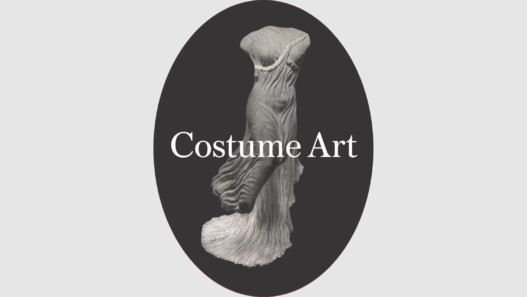Introduction :
Fashion is an art form that allows people to express themselves via clothing and accessories, allowing them to exhibit their identity, culture, and creativity. However, a troubling practise known as cultural appropriation has recently plagued the fashion industry. When parts of a minority culture are inappropriately appropriated by a dominant culture, it is known as cultural appropriation. This practise further marginalises already marginalised populations by ignoring the rich historical and social relevance of these components as well as by perpetuating negative stereotypes. The legal ramifications of cultural appropriation in the fashion industry and its negative effects on disadvantaged groups will be discussed in this blog.
Understanding Cultural Appropriation :
The challenging problem of cultural appropriation has its roots in past colonisation and power disparities. It frequently occurs when mainstream design businesses embrace cultural elements—such as customary attire, patterns, or symbols—without properly acknowledging or respecting their historical context. Cultural appropriation becomes problematic when it commercialises and trivialises sacred or profoundly meaningful cultural artefacts, even though cultural interaction and appreciation can be advantageous.
For instance, In many parts of India, ladies wear bindis as a traditional ornament. It is a tiny ornamental mark that is applied between the brows on the forehead and has symbolic cultural, religious, and social implications. It has long been a sign of affluence, marital status, and spirituality worn by Hindu women. The bindi has grown in popularity as a fashion ornament in recent years in Western nations, sometimes removed from its original cultural setting. Outside of India, fashion companies and celebrities have taken the bindi and are now wearing it as a chic fashion statement without acknowledging or honouring its traditional importance. They have ignored the profound theological and cultural significance of this holy emblem and reduced it to little more than an accessory.
The Legal Landscape :
From a legal perspective, it is difficult to handle cultural appropriation in the fashion industry because of different laws and international boundaries. Copyright and trademark rules in particular can provide some protection to cultural innovators, but they frequently fall short when it comes to dealing with traditional cultural manifestations. Due to their community character or their lengthy history of being in the public domain, many cultural items cannot be eligible for copyright protection.
Nevertheless, several nations have passed laws to protect their traditional knowledge and cultural legacy. The United Nations Educational, Scientific, and Cultural Organisation (UNESCO), for instance, has urged nations to create policies to safeguard intangible cultural assets. Additionally, in certain jurisdictions, indigenous intellectual property rights have been taken into account while modifying intellectual property laws. Despite these initiatives, it is still difficult to enforce these rules and establish appropriation, particularly when it occurs across borders.
The Impact on Marginalized Communities :
Cultural appropriation in the fashion industry may have a terrible effect on marginalised populations. When components of their culture are utilised inappropriately or for financial advantage, their cultural value is erased and they become nothing more than fashionable trends. This not only reinforces stereotypes but also deprives the communities who produced them of representation and recognition.
In furtherance with the example of bindi, Indian communities have expressed worries and opposition about the bindi’s cultural appropriation. The bindi is a significant component of many Indians’ cultural identities, hence Western fashion’s trivialization of it may be seen as erasing and disrespecting their history. Additionally, the use of bindis as a simple fashion ornament feeds stereotypes and frequently orientalist views about Indian culture. It reinforces a flat picture of Indian identity by reducing a rich and complex cultural practise to fleeting fashion. This kind of cultural appropriation helps keep negative perceptions alive and pushes Indian culture to the margins.
Empowering Marginalized Communities :
The fashion industry’s stakeholders must act proactively to empower marginalised populations in order to fight cultural appropriation. This entails encouraging collaborations and partnerships with cultural producers, paying them fairly for their work, and making sure they are fairly represented in decision-making processes.
To comprehend the importance of the features they desire to include in their designs, fashion houses and designers should do in-depth study and take cultural sensitivity training. In order to establish good connections and prevent damaging appropriation, acknowledging the origins of cultural aspects and requesting permission from the relevant groups may go a long way.
Additionally, customers are equally important in developing the sector. Consumers may affect real change by supporting businesses that value cultural appreciation over appropriation and by calling those that participate in unethical behaviour accountable.
Conclusion :
The complex subject of cultural appropriation in the fashion industry needs to be addressed now more than ever. In order to discover the best ways to save the cultural legacy of marginalised people, it is essential to comprehend the legal implications of this situation. The fashion industry can work towards a more inclusive and empowered future for all cultural artists and consumers by establishing an environment of respect, cooperation, and appreciation. Let’s all work to promote meaningful fashion that respects and uplifts each individual and community by highlighting diversity, preserving cultural history, and celebrating it.


















